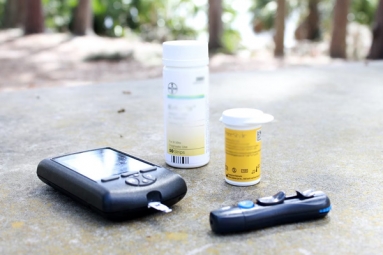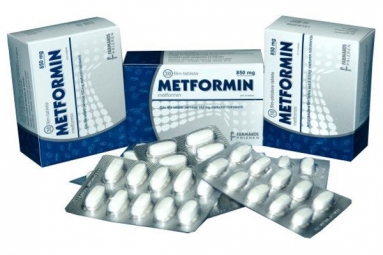Mango Leaves, Seeds Helps In Reducing Blood Sugar and Diabetes - Here's How
May 04, 2019 15:00
Mangoes are beyond the shadow of a doubt are the best part of Summers. But your favorite fruit has some drawbacks too if eaten inordinately since they are high in sugar.
Fitness experts always warn especially diabetes patients about consuming mangoes owing to the fact that they can spike blood sugar levels.
Contrary to the adverse effects of mangoes on diabetes sufferers, mango leaves and seeds function as blood sugar controller since they contain powerful antioxidant compounds that have an anti-diabetic effect, and it’s validated by science.
Mango or Mangifera indica L.has pharmacological properties due to its rich nutrient profile. It has various polyphenolic acids, which includes mangiferin found in all parts of the mango, including its leaves and seeds. This compound has antioxidant, radioprotective, antiallergic, anticancer, antimicrobial, immunomodulatory and anti-inflammatory properties. Studies have found that mangiferin is also a powerful anti-diabetic ingredient, which can reduce blood sugar.
Insulin is an important hormone that our body needs to regular blood sugar. By stimulating the β-cells, mangiferin helps in the release of insulin, which allows the body to use up the sugar in the blood.
How to Use Mango Leaves and Seeds for Diabetes
Firstly pluck the mango leaves and clean it. Boil it with some water till a tea-like concoction is formed. As an alternative, you can also soak the leaves in water overnight and drink the liquid in the morning.
Mango-leaf tea can be substituted for regular tea for a few days till your blood sugar comes back to normal levels. Avoid adding sweeteners such as sugar or honey because that will ruin the purpose.
Consuming the seeds may be a little more difficult because they have an inedible tough casing. To remove it, place a sharp knife tip at the side seams of the casing and push through. The seed will get split into two. Inside, there is a soft kernel, which is edible. You can also beat the tough seed covering open with a pestle. The kernel can either be eaten directly or after drying and powdering. It can also be pickled or added to vegetables.
By Sowmya Sangam










